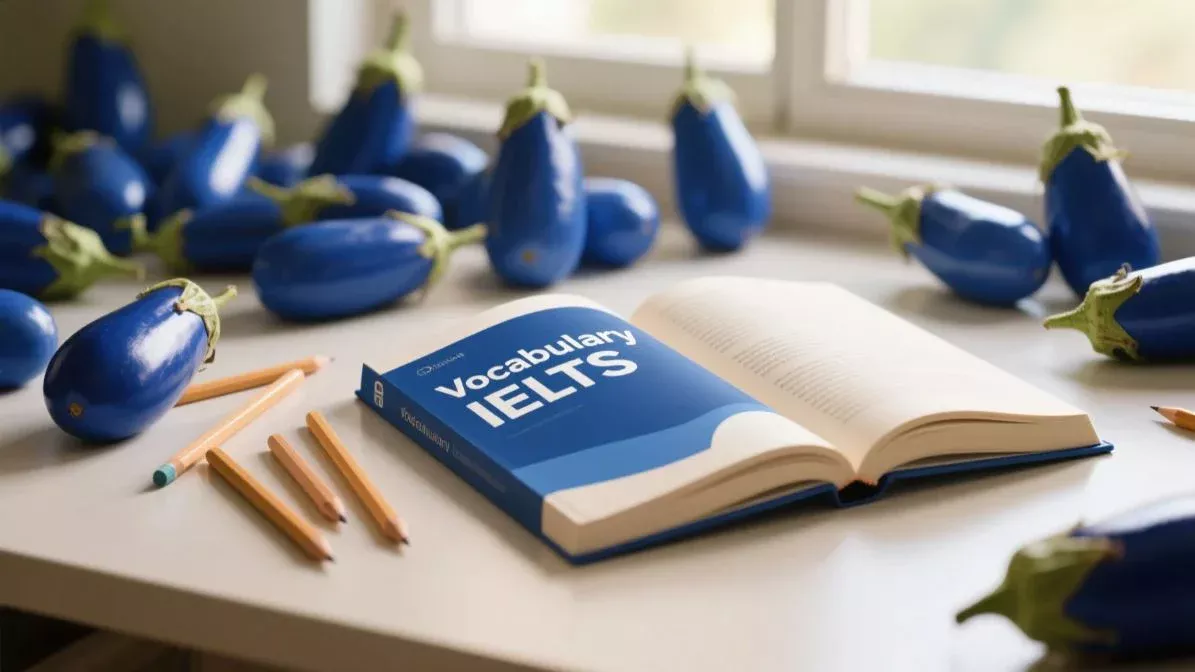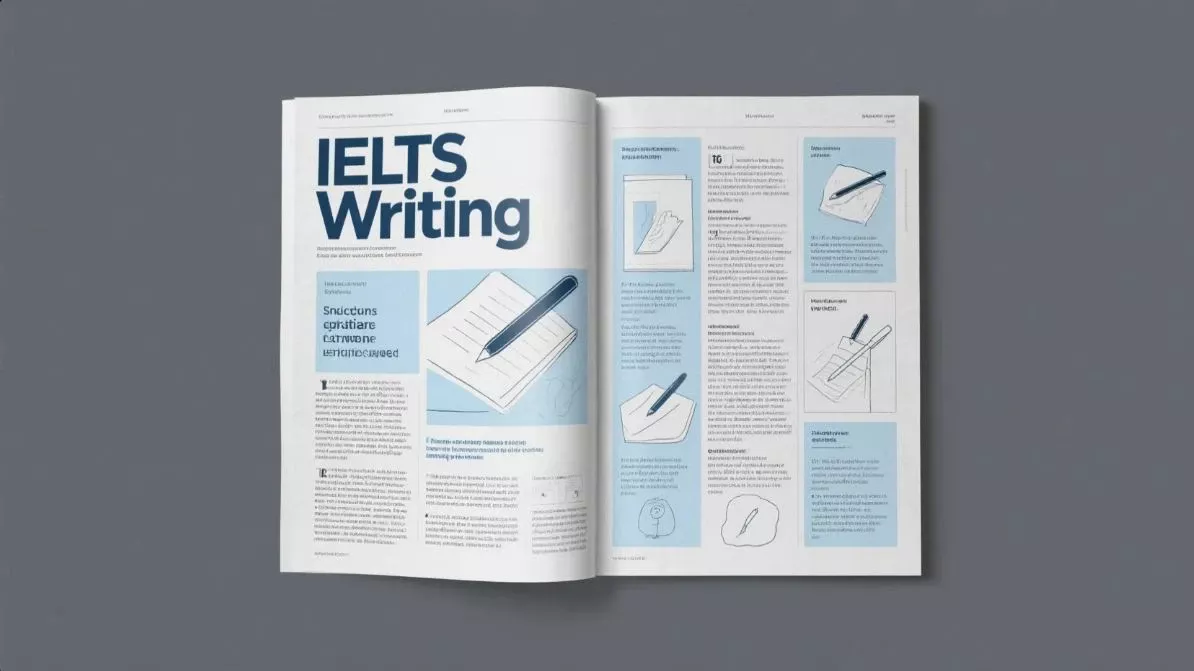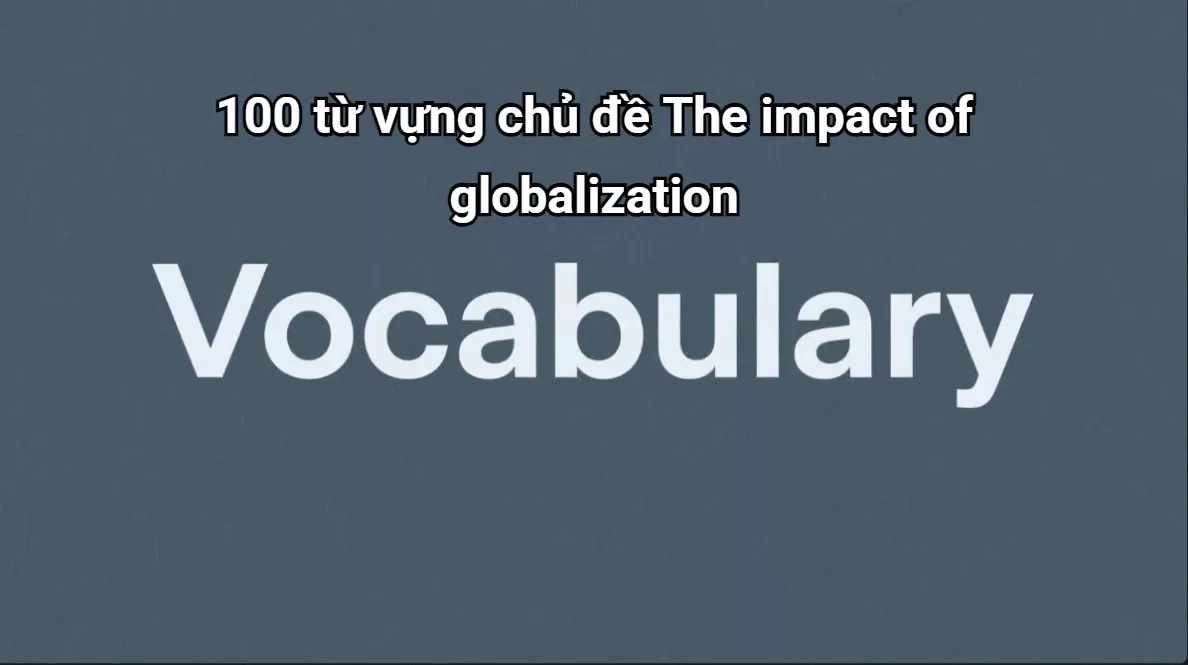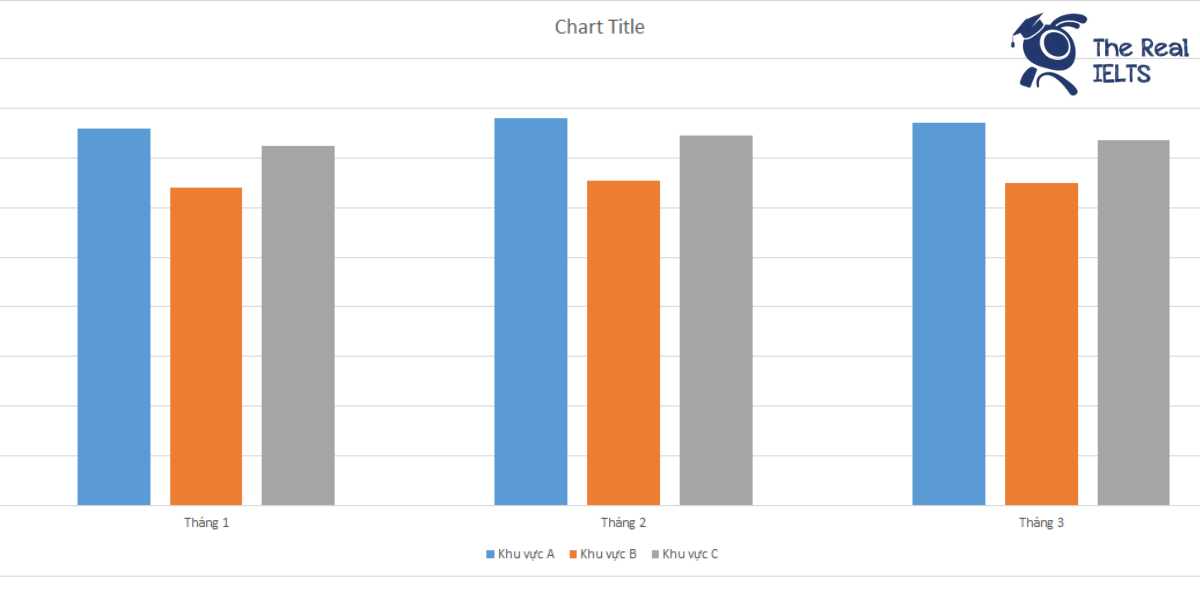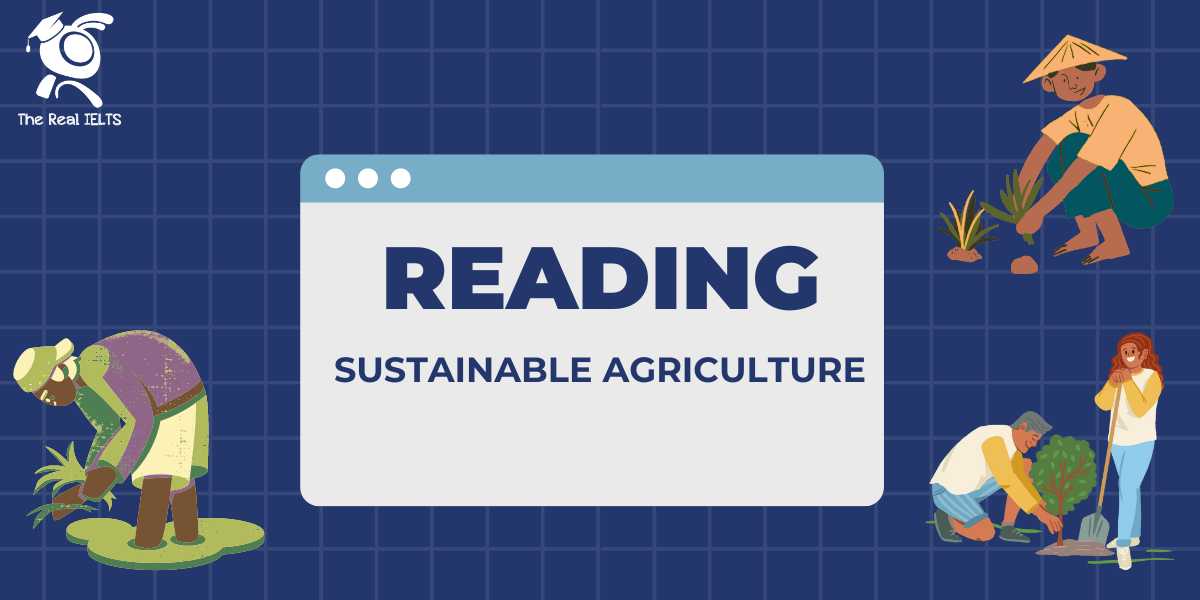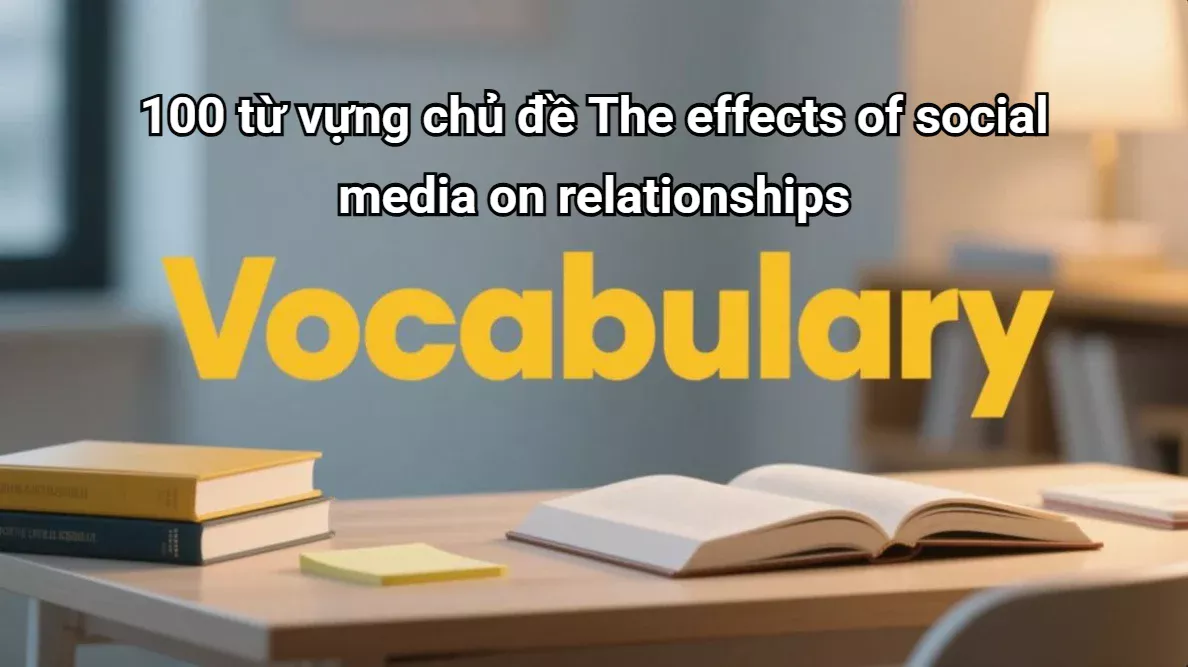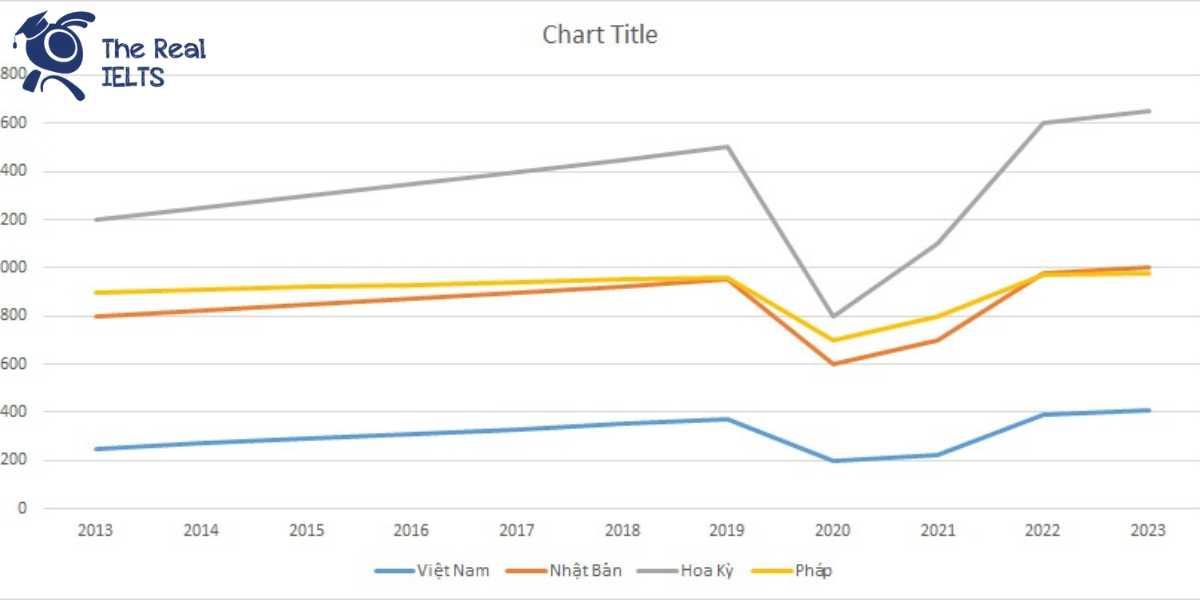IELTS Reading 82: Modern and traditional art là chủ đề thuộc chuỗi bài luyện tập 11 dạng bài IELTS Reading và các bài tập luyện tập.
Học lại bài cũ: IELTS Reading 81: The role of music in life.
IELTS Reading: Modern and traditional art
Art has long served as a medium for individuals to express ideas, emotions, and experiences. Traditional art, which generally encompasses works created before the 19th century, focuses on classical styles, techniques, and themes. Artists of this era often sought to represent reality as accurately as possible, emphasizing realistic portrayals of subjects, with landscapes, portraits, and historical scenes being common genres. Classical art also prioritizes the use of rich, vibrant colors and precise brushwork. Notable examples include the detailed works of Renaissance artists such as Leonardo da Vinci and Michelangelo, who adhered to strict rules of composition and balance.
As society evolved, so did its artistic preferences. By the late 19th century, many artists began experimenting with new techniques and styles, leading to what is now known as modern art. This period, spanning roughly from the 1860s to the 1970s, rejected the strict rules of classical art. Instead, modern artists valued personal expression over accurate representations of reality, allowing their works to evoke emotions or ideas in more abstract forms. Movements such as Impressionism, Expressionism, and Cubism are hallmark examples of modern art. Artists like Claude Monet and Pablo Picasso broke conventional norms, focusing on color, form, and emotion rather than the precise depiction of subjects.
A key distinction between traditional and modern art lies in the purpose and techniques employed by the artists. Traditional artists worked to replicate the beauty and form of the world around them, often commissioned by patrons for religious or political reasons. In contrast, modern art became more accessible and sought to challenge societal norms, provoke thought, or simply explore the artists’ emotions and inner experiences. Modern artists often used unconventional materials, experimented with colors and shapes, and introduced abstract concepts that were open to interpretation.
Today, both forms of art coexist and are valued for different reasons. Traditional art is often admired for its technical mastery and attention to detail, while modern art is appreciated for its innovation and boundary-pushing ideas. Art museums and galleries worldwide celebrate both styles, drawing visitors who find inspiration in the timelessness of traditional works and the creativity of modern pieces. The debate between the merits of traditional versus modern art continues, yet both forms have undeniably influenced the evolution of visual culture.
Questions
1. Multiple Choice
- What was the primary focus of traditional artists?
- A. To explore personal emotions
- B. To create abstract forms
- C. To accurately represent reality
- D. To challenge societal norms
- Which of the following is true about modern art?
- A. It focuses on landscapes and historical scenes
- B. It strictly follows traditional rules of composition
- C. It often uses unconventional materials
- D. It was created mainly for religious purposes
2. True/False/Not Given
- Traditional art often portrayed religious or political themes.
- Modern art completely replaced traditional art in the 20th century.
- Impressionism and Cubism are examples of modern art movements.
3. Yes/No/Not Given
- Traditional artists did not aim to express their personal emotions through their work.
- Modern artists wanted their art to be accessible to all audiences.
- Modern art is valued more than traditional art today.
4. Matching Information
Match the following information to the correct paragraph (A, B, C, or D):
- A description of the types of scenes typically portrayed in traditional art.
- The differences between traditional and modern art techniques.
- Examples of notable modern art movements.
5. Matching Headings
Choose the correct heading for each paragraph:
- Paragraph A:
- i. The Origins of Traditional Art
- ii. Key Aspects of Traditional Art
- iii. The Decline of Traditional Art
- Paragraph B:
- i. A New Era of Art
- ii. The Principles of Modern Art
- iii. The Influence of Modern Art on Culture
6. Matching Sentence Endings
Match the beginning of each sentence with the correct ending:
- Traditional artists aimed to…
- a. evoke strong emotions using abstract forms.
- b. accurately portray the world around them.
- c. experiment with unconventional materials.
- Modern artists were less concerned with…
- a. realism and more interested in individual expression.
- b. creating works for religious patrons.
- c. adhering to the rules of composition and balance.
7. Sentence Completion
Complete the following sentences with words from the passage:
- Renaissance artists like Leonardo da Vinci followed strict rules of ______ and ______.
- Modern art movements include Impressionism, Expressionism, and ______.
8. Summary Completion
Complete the summary below with NO MORE THAN TWO WORDS from the passage.
Traditional art focused on depicting reality through detailed brushwork and precise composition. Artists such as ______ were known for their realistic portrayals. In contrast, modern art, which began in the late ______ century, rejected these traditional conventions in favor of personal expression.
9. Diagram Label Completion
Label the diagram below based on the passage:
- Traditional Art
- Techniques: ______, ______
- Examples: ______
- Modern Art
- Techniques: ______, ______
- Movements: ______
10. Short Answer Questions
Answer the following questions using NO MORE THAN THREE WORDS from the passage:
- What type of scenes were common in traditional art?
- Which century marks the beginning of modern art?
- Name one artist associated with modern art.
11. Table/Flowchart/Note Completion
Complete the table below with information from the passage.
| Art Type | Characteristics | Examples / Artists |
|---|---|---|
| Traditional Art | Focus on realism and ______. | Leonardo da Vinci, ______ |
| Modern Art | Emphasis on ______ and personal expression. | Claude Monet, Pablo Picasso |
Đáp án
1. Multiple Choice
- C. To accurately represent reality
- C. It often uses unconventional materials
2. True/False/Not Given
- True
- False
- True
3. Yes/No/Not Given
- Yes
- Not Given
- Not Given
4. Matching Information
- Paragraph A
- Paragraph B
- Paragraph B
5. Matching Headings
- ii. Key Aspects of Traditional Art
- ii. The Principles of Modern Art
6. Matching Sentence Endings
- b. accurately portray the world around them.
- a. realism and more interested in individual expression.
7. Sentence Completion
- composition, balance
- Cubism
8. Summary Completion
- Michelangelo
- 19th
9. Diagram Label Completion
- Traditional Art
- Techniques: precise brushwork, vibrant colors
- Examples: landscapes, portraits
- Modern Art
- Techniques: abstract forms, unconventional materials
- Movements: Impressionism
10. Short Answer Questions
- Landscapes and portraits
- 19th century
- Pablo Picasso
11. Table/Flowchart/Note Completion
| Art Type | Characteristics | Examples / Artists |
|---|---|---|
| Traditional Art | Focus on realism and balance. | Leonardo da Vinci, Michelangelo |
| Modern Art | Emphasis on abstract forms and personal expression. | Claude Monet, Pablo Picasso |
These answers should help clarify the correct responses based on the passage content. Let me know if you have any additional questions!



